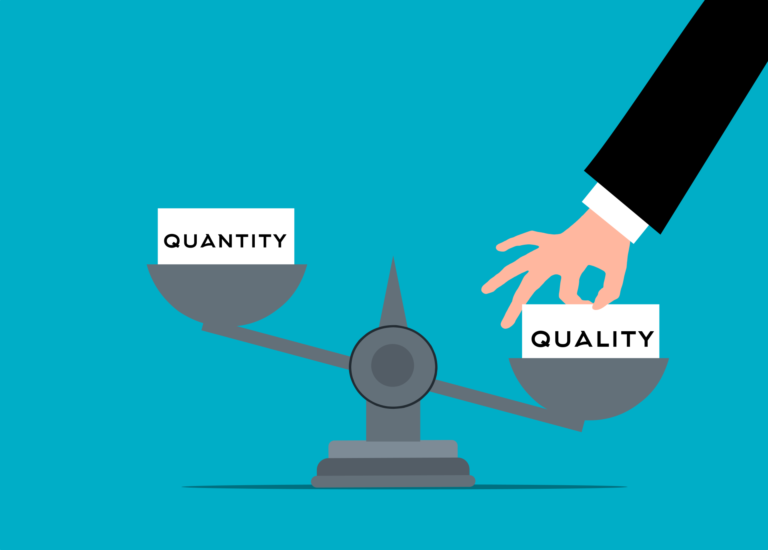Are you looking for an easy way to create a comprehensive food safety policy for your industry? A template can be an invaluable tool for getting you started. In this blog post, we’ll explore how to write a comprehensive food safety policy for your industry using a template.
We’ll cover topics such as the importance of food safety, the different aspects of food safety, and how to customize a template for your specific needs. By the end of this post, you’ll have a clear understanding of how to write a comprehensive food safety policy that fits your industry.
What is a Food Safety Policy?
A Food Safety policy is your promise towards consumers in delivering safe food in every aspect. Following regulations and standards in the final product reduces risks and hazards.
It should include the company’s commitment to food safety, the responsibilities of staff and management, and the processes and procedures in place to prevent foodborne illnesses.
How to Write a Food Safety Policy?
Writing a food safety policy can seem daunting, but it doesn’t have to be. A food safety policy is a written statement that outlines the measures an organization takes to ensure food safety.
- Determine the Scope
The first step in writing a food safety policy is to define the scope. Consider the type of industry and the type of food product that the policy will cover. For example, if the company is involved in the processing of meat products, the policy should address the specific food safety risks associated with that type of product. - Identify the Risks
Once you have defined the scope of the policy, identify the specific risks associated with the industry and product. For example, bacteria growth and contamination, food storage, and handling. - Create Contents
The next step is to create the contents of the policy. This includes a statement of commitment to food safety, the roles and responsibilities of staff and management, procedures for food handling, and the monitoring and control of risks. - Review and Revise
After the initial draft, review the policy to ensure that it meets industry standards, regulations, and guidelines. Get input from employees, suppliers, and customers. - Implement and Train
Implement the policy and train all staff and management on the new procedures. Regular training and reviews will help ensure that the policy is followed and effective.
A food safety policy is an important part of any industry that deals with food. By taking the time to frame a policy, you can ensure the safety of your customers and reduce the risk of foodborne illnesses. Use a template and customize it for your organization to save time and create a comprehensive policy.
Template for writing
One important aspect of using a template is making sure it is relevant to your specific industry. Consider who the policy is for and tailor the content accordingly. For example, a food safety policy for a restaurant will differ from one for a manufacturing facility.
When it comes to creating a food safety policy for your industry, it can be helpful to use a template as a starting point. A template can provide structure and guidance for your policy, ensuring that it covers all the necessary components.
Another benefit of using a template is that it can help you frame your policy clearly and concisely. The template can provide prompts and examples for each section, making it easier to articulate your thoughts and intentions. Plus, a well-written policy can provide your employees and customers with a sense of confidence in your business’s commitment to food safety.
Ultimately, the goal of a food safety policy is to protect your customers, your business, and your reputation. By using a template as a guide, you can create a comprehensive policy that reflects your unique needs and priorities.
*A Food Safety Policy depends on each Industry and Country’s Standards.
